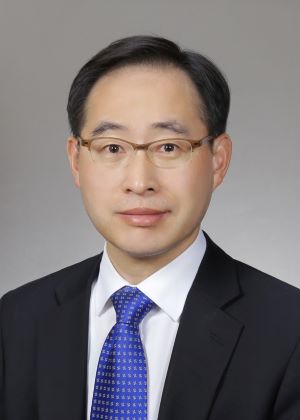Professor Lee Jae-ho of the Department of Family Medicine at the Catholic University of Korea College of Medicine
President of the Korean Society for the Study of Primary Care
Korea's healthcare system is deformed, with private medical institutions accounting for over 90 percent of the total. This system is unparalleled worldwide, as the private market overwhelms the public health system. National health insurance exists, but the health authorities have failed to appropriately cope with market failures.
Even a few public hospitals compete for patients under the same conditions as private hospitals, over-testing and over-diagnosing patients. It is abnormal that representative public hospitals operate health checkup centers, including those directly run by the National Health Insurance Service (NHIS), the National Cancer Center, and Seoul National University Hospital. Even worse, they include tests that shouldn't be done because they do more harm than good in the checkup list, encouraging over-diagnosis and overtreatment.

One can imagine how far private hospitals can go if public hospitals are like this. At the end of the day, Korea has become the country that most over-diagnoses thyroid cancer worldwide. A decade ago, a group of physicians called for measures against the over-diagnosis of thyroid cancer, but the government has done little to prevent it. Korea ranks last in the Organization for Economic Cooperation and Development (OECD) in having an attending physician or primary care physician. This is because there is no socially agreed concept of primary healthcare and no primary care system. The Korean government and NHIS do not promote or institutionalize the idea of having a primary care physician, which is recommended by the governments of most developed countries and even the private insurers of the United States.
That has caused Koreans to adapt to receiving fragmented medical services by visiting various specialists for short appointments for each symptom or disease. Some say that this provides good accessibility, but they are mistaken. Indiscriminate use of medical services leads to overlapping prescriptions and tests, which in turn leads to inefficient use of medical expenses.
That also explains why the rate of antibiotic resistance is high in Korea and polypharmacy is very high among old adults. This is also why Korea has been ranked first in the OECD in annual doctor visits per capita for over a decade. Even in chronic conditions that could be avoided if managed well by primary care physicians and primary healthcare teams, hospitalization rates are very high. As a result, Korea's healthcare costs, the number of beds per capita, and the rate of increase are among the highest in the OECD.
The government's essential healthcare policy package, announced on Feb. 1, consists of four reforms, including expanding the number of medical students and strengthening regional medical care.
Among them, the increase of medical school enrollment quota has emerged as the bone of contention, leading to collective action by physicians’ groups against it. Considering the growing medical needs amid a steep increase in the elderly population, few people would oppose the expansion of the medical school admission quota per se.
However, the unilateral announcement of a policy to increase the number of medical students by 2,000, or 65.4 percent of the current 3,058, in the run-up to the parliamentary election has left many inside and outside the medical community puzzled and suspicious of the government’s intentions. They are also concerned about chaos in the field and a decline in the quality of medical education.
Worse still, the package of essential healthcare policies does not address the key reforms to the nation’s healthcare system -- expanding public healthcare and strengthening primary healthcare. Even if regional student selection is mandated to fill at least 40 percent of medical schools outside the greater Seoul area, it will not prevent doctors from moving to the Seoul metro region.
Another problematic issue is using the outdated and vague term "reorganizing the delivery system" instead of introducing a primary care system. Building a regional hospital cooperative network without a primary care system is like building a castle on the sand, prone to collapse. If the 2,000 doctors added under this policy specialize in cosmetic and aesthetic medicine every year, this will exacerbate the current distortions.
A policy that reduces the market's influence on the Korean healthcare system is more important than increasing the number of medical students. Strengthening primary healthcare through introducing the primary care system and expanding public healthcare should be prioritized over increasing the medical school admission quota. The government's package of essential healthcare policies lacks the most "essential” element.
Related articles
- Seoul proposes cadaver sharing among schools to relieve shortage after med school student increase
- Medical student increase favors only private university hospitals: opposition lawmaker
- Korea announces largest medical school expansion in nearly 3 decades to boost regional healthcare
- 2,460 medical students intend to join army but government tells them to return to study
- Professors from top Korean medical schools to resign en mass next Monday

